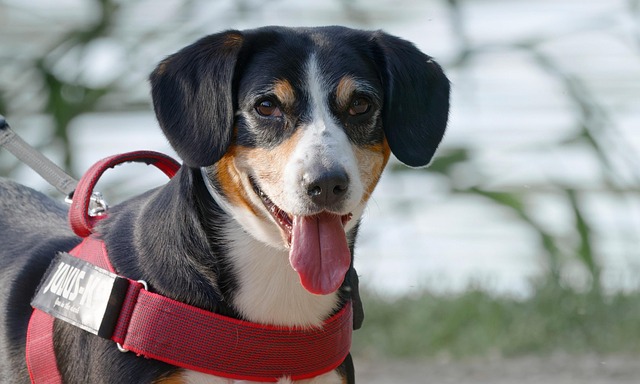
How can I tell if my dog's heatstroke is serious
Let’s be real: It’s a sticky August morning in Los Angeles, and you took your 2-year-old Golden Retriever, Max, for a walk a little later than usual
Ever watch your dog hover by their water bowl, tongue flicking, as if debating whether to take another sip? It’s a small moment, but that simple act of drinking keeps their bodies running—from regulating temperature to flushing out toxins. So how do you know if they’re getting just the right amount?
A good starting point is this: most vets suggest about an ounce of water per pound of body weight each day. That means a 30-pound beagle might knock back around 30 ounces, while a 70-pound lab could need closer to 70. But that’s not set in stone. If your pup spends hours chasing squirrels in the park instead of napping on the couch, they’ll lap up more to replace what they lose through panting. The same goes for hot summer days versus cool winter afternoons—warmer weather cranks up their thirst.
What they eat matters too. Kibble is dry, so dogs on a full dry food diet often drink more to make up for the lack of moisture. If you mix in wet food or fresh veggies like cucumbers (a safe, hydrating snack), they might cut back a bit. It’s all about balance, and your dog’s body is pretty good at signaling what it needs—you just have to learn to read the cues.
 Dehydration is the real risk here, and it can sneak up faster than you think. Keep an eye out for sticky gums, a dry nose that doesn’t spring back when gently pressed, or lethargy that’s out of character. Puppies and senior dogs are more vulnerable; little ones have tiny bodies that lose water quickly, while older pups might struggle with kidney function or arthritis that makes getting to the bowl harder. If you spot these signs, offer small sips right away and check in with your vet—better safe than sorry, especially when local guidelines emphasize keeping pets in peak condition.
Dehydration is the real risk here, and it can sneak up faster than you think. Keep an eye out for sticky gums, a dry nose that doesn’t spring back when gently pressed, or lethargy that’s out of character. Puppies and senior dogs are more vulnerable; little ones have tiny bodies that lose water quickly, while older pups might struggle with kidney function or arthritis that makes getting to the bowl harder. If you spot these signs, offer small sips right away and check in with your vet—better safe than sorry, especially when local guidelines emphasize keeping pets in peak condition.
On the flip side, too much water can be a concern, though it’s less common. If your dog suddenly starts guzzling gallons overnight, it could signal issues like diabetes or kidney problems. Trust your gut—you know their normal, so any big change is worth a chat with the pros.
Daily habits help keep things steady. Wash their water bowl regularly to avoid slime or bacteria—no one likes drinking from a grimy cup, and your dog is no different. Keep multiple bowls around the house if you have a big space, so they never have to trek far. And if you’re out and about, toss a portable bowl in your bag—staying hydrated on walks or trips keeps them happy and healthy.
At the end of the day, there’s no one-size-fits-all number, but paying attention to their routine gives you all the answers. A well-hydrated dog is a lively one—tail wagging, ready for the next adventure.

Let’s be real: It’s a sticky August morning in Los Angeles, and you took your 2-year-old Golden Retriever, Max, for a walk a little later than usual

You're enjoying a summer afternoon at the park when you notice your dog has stopped panting and appears disoriented - their gums are bright red

Let’s paint the picture: You’re in your Denver apartment, watching your 4-year-old Boston Terrier, Ruby, plop down mid-play session with her favorite toy

Many dog owners notice their pets nails seem shorter after regular walks,but how much does this daily activity actually help?The answer depends on where you walk—concrete sidewalks or asphalt streets gently file nails as a dog's paws hit the ground

Most dog owners notice their pup scooting across the carpet at some point, but few connect it to impacted anal glands. These small sacs near a dog’s rectum secrete a scent for marking territory

Most vets agree that regular dog teeth cleaning is key to avoiding painful dental issues later. For healthy adult dogs, a professional cleaning at the vet’s office every 12 to 18 months usually works well.